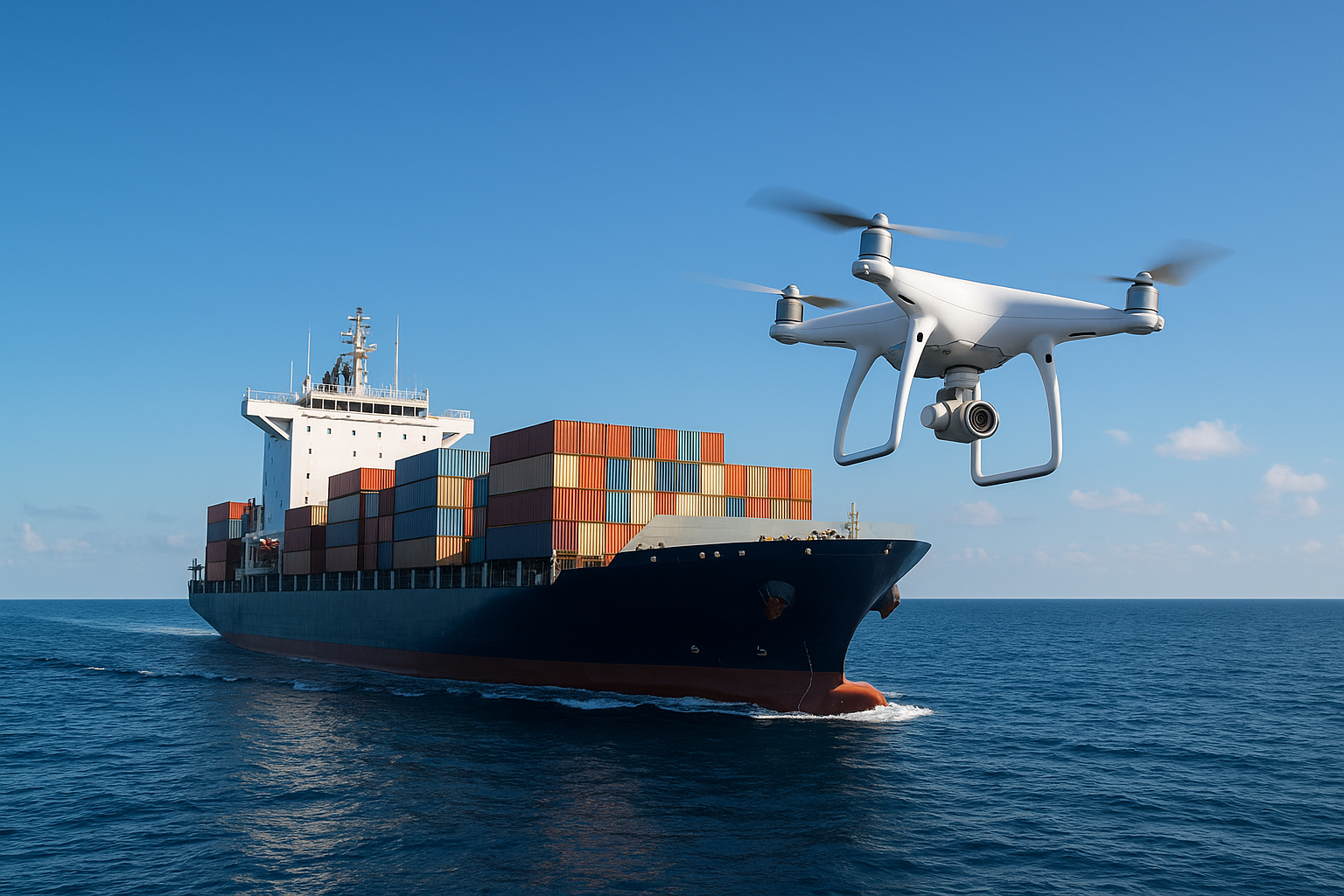
Maritime Drones and UAVs: How Unmanned Aircraft Are Changing Ship Operations
Drones Are Taking Over the Maritime World
Types of Maritime Drones
Ship Inspection: The Game Changer
- Hull Inspections: Drones can fly along the ship's hull, taking high-resolution photos and videos to check for damage, corrosion, or other problems. They can even use thermal imaging to detect hidden issues.
- Mast and Rigging Inspections: Instead of sending crew members up dangerous masts, drones can inspect rigging, antennas, and other equipment at height. They can get closer to equipment than human inspectors and provide better documentation.
- Cargo Hold Inspections: Drones can inspect cargo holds for damage, contamination, or other issues. They can also monitor cargo conditions during transport, ensuring that temperature, humidity, and other factors are within acceptable limits.
- Engine Room Inspections: Drones can inspect engine rooms and other machinery spaces, checking for leaks, wear, or other problems. They can access areas that are difficult or dangerous for human inspectors.
Surveillance and Security
Cargo Delivery: The Future is Here
Real-World Applications
The Technology Behind Maritime Drones
Benefits and Advantages
- Safety Improvements: Drones eliminate the need for crew members to work in dangerous conditions, reducing the risk of accidents and injuries.
- Cost Savings: Drone inspections are often cheaper than traditional methods, especially when you factor in the cost of safety equipment and insurance.
- Faster Operations: Drones can complete inspections and other tasks much faster than human workers, reducing downtime and improving efficiency.
- Better Documentation: Drones provide high-quality photos and videos that can be used for documentation, analysis, and training purposes.
- Access to Difficult Areas: Drones can access areas that are difficult or impossible for human workers to reach, providing better coverage and more thorough inspections.
Challenges and Limitations
The Future of Maritime Drones
What This Means for Maritime Careers
Frequently Asked Questions
The cost varies depending on the type and capabilities of the drone, but most maritime drones cost between $10,000 and $100,000. However, the cost is usually offset by savings from reduced inspection costs and improved safety.
Yes, when operated properly, drones are safe to use on ships. They are designed to operate in marine environments and can actually improve safety by eliminating the need for crew members to work in dangerous conditions.
Maritime drones are subject to both aviation and maritime regulations. Operators need to comply with airspace restrictions, safety requirements, and other regulations that vary by country and region.
Conclusion
Share This Article
Related Articles
Continue reading with these related articles

Maritime Robotics: Automated Systems for Ship Maintenance and Operations
Explore maritime robotics and automated systems for ship maintenance and operations. Learn about underwater robots, ship inspection drones, and automated maintenance technology.

Autonomous Ships: The Future of Unmanned Maritime Transportation
Discover how autonomous ships are revolutionizing maritime transportation. Learn about unmanned vessels, AI navigation systems, and the future of crewless shipping operations.

3D Printing in Maritime: Additive Manufacturing for Ship Parts and Repairs
Discover how 3D printing and additive manufacturing are revolutionizing maritime operations. Learn about ship part production, maritime 3D printing, and on-demand manufacturing at sea.

Blockchain in Maritime: How Digital Technology is Transforming Shipping Logistics
Discover how blockchain technology is revolutionizing maritime logistics and shipping operations. Learn about digital shipping, smart contracts, and blockchain applications in maritime trade.
© 2025 The Salty Mariner. All rights reserved.
